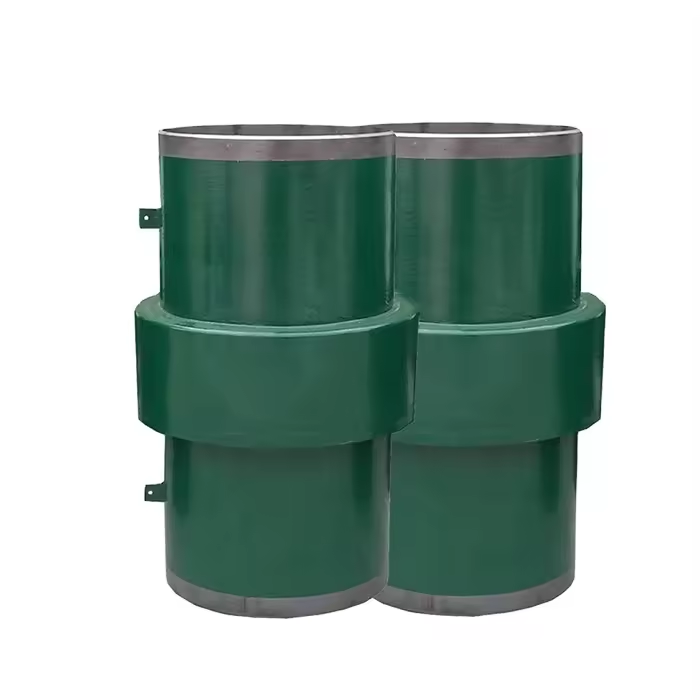INSULATING JOINTS
Insulating Joints are critical components used to electrically isolate pipeline sections, providing effective control of cathodic protection systems and preventing corrosion caused by stray electrical currents.
These specialized fittings serve as highly reliable substitutes for traditional flanged insulating systems, offering superior performance in managing electrical currents in pipelines across various industries.

Pipeline Insulating Joints (PIJs) are engineered to permanently control the flow of electrical currents in piping systems while maintaining mechanical connection and fluid integrity. They create electrical discontinuity between pipeline sections, enabling effective cathodic protection management and preventing dangerous stray currents that can accelerate corrosion. These joints are essential in applications where pipelines cross between different cathodic protection zones, connect to grounded structures, or interface with facilities that might introduce electrical interference. Modern insulating joints combine robust mechanical design with high dielectric strength materials to withstand both pipeline operating pressures and electrical potential differences.
| Type | Description | Typical Applications |
|---|---|---|
| Flanged Insulating Joints | Insulating gasket and sleeve kit between standard flanges | Above-ground installations, easy maintenance points |
| Welded Insulating Joints | Fully welded construction with internal insulation | Buried pipelines, high-pressure systems |
| Threaded Insulating Joints | Threaded connections with insulating compound | Small diameter pipes, instrument connections |
| Monolithic Insulating Joints | Single-piece construction with integrated insulation | Critical isolation points, subsea applications |
| Insulating Couplings | Compact design for space-constrained locations | Retrofit installations, repair situations |
| Parameter | Specification |
|---|---|
| Size Range | 1/2" to 48" (DN15 to DN1200) |
| Pressure Rating | ANSI 150# to 2500#, PN10 to PN420 |
| Dielectric Strength | 1000V to 5000V depending on design |
| Temperature Range | -40°C to 120°C (-40°F to 250°F) |
| Insulation Resistance | >10MΩ at 500V DC |
| Materials | Carbon steel, stainless steel, with epoxy/polyethylene insulation |
| Standards | ISO 15589, NACE SP0169, ASME B31.3/B31.4/B31.8 |
| Leak Test | 1.5 x design pressure hydrostatic test |